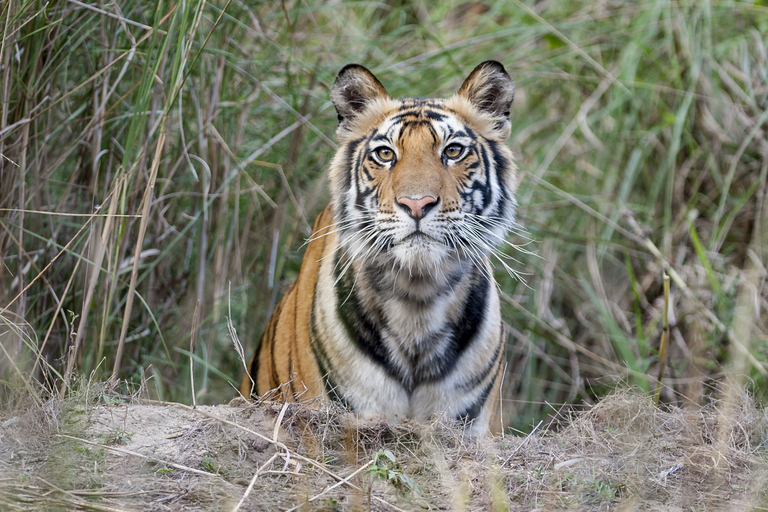The alarming rate of biodiversity loss worldwide is a stark reminder of the urgent need for conservation efforts to protect endangered species from extinction. From iconic mammals like the African elephant and the Bengal tiger to lesser-known species like the vaquita porpoise and the Javan rhinoceros, countless animals are facing the threat of extinction due to habitat destruction, poaching, climate change, and other human-induced factors. In this article, we’ll explore the importance of preserving biodiversity and the critical role of conservation initiatives in safeguarding endangered species for future generations.
1. Biodiversity and Ecosystem Health:
Biodiversity is the foundation of healthy ecosystems, providing essential services such as pollination, seed dispersal, and nutrient cycling. Endangered species play crucial roles in maintaining ecosystem balance and resilience, and their loss can have far-reaching consequences for both wildlife and human well-being. Protecting endangered species is not only a moral imperative but also essential for the health and stability of the planet’s ecosystems.
2. Threats to Endangered Species:
Endangered species face a myriad of threats that jeopardize their survival in the wild. Habitat destruction and fragmentation, driven by deforestation, urbanization, and agricultural expansion, are among the leading causes of species decline. Poaching and illegal wildlife trade pose significant threats to many endangered species, with animals targeted for their valuable parts and products. Climate change exacerbates these threats, altering habitats, disrupting ecosystems, and increasing the frequency and intensity of extreme weather events.
3. Conservation Strategies:
Conservation efforts aimed at protecting endangered species encompass a range of strategies, from habitat restoration and protected area management to captive breeding and reintroduction programs. These initiatives require collaboration among governments, conservation organizations, local communities, and other stakeholders to address the complex challenges facing endangered species and their habitats. Key conservation strategies include:

